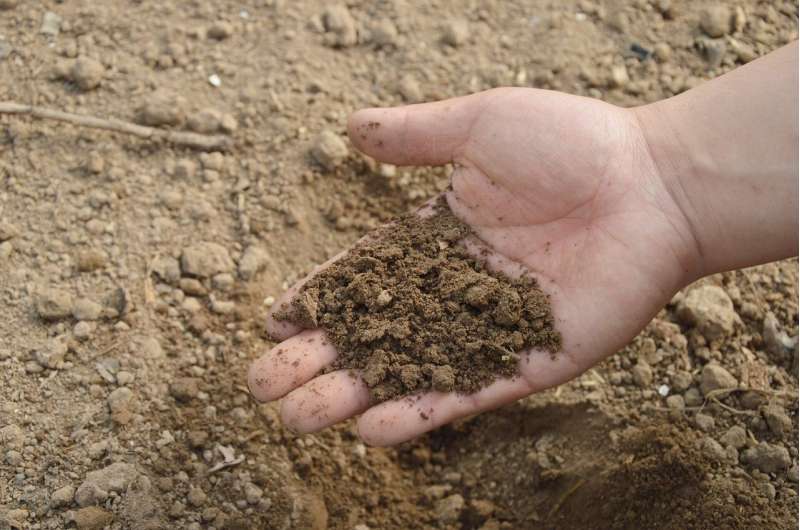The influence of microbes on soil respiration

Millions of microbes living in the soil could influence how soils respond to temperature changes. They also influence the amount of carbon dioxide soils give off or respire. Yet scientists rarely consider these microbes when modeling temperature effects around the world. An international team of scientists analyzed the results of more than two dozen warming experiments to quantify how much these microbes influence soil respiration under various temperatures and in what ways.
Increased temperatures often lead to soils giving off more organic carbon. More carbon dioxide in the air can in turn increase air temperature. By understanding the influence of microbes living in the soil, scientists can better calculate this carbon dioxide-temperature feedback cycle and predict temperature changes more accurately.
Scientists from Iowa State University, University of Maryland, Pacific Northwest National Laboratory, the Czech Academy of Sciences, and EMSL, the Environmental Molecular Sciences Laboratory, teamed to review data from 27 warming experiments. These experiments ranged from laboratory studies to observations made at various locations and in various types of soil around the world under temperatures between just above freezing to scorching hot. Based on these studies, the team discovered that, when the mass of microbes decreased, soils were less likely to give off carbon dioxide as temperatures increased. When the mass of microbes increased, soils were more likely to respire carbon dioxide. Changes in respiration rates also varied by type of soil. The results suggest that microbial biomass needs to be explicitly measured and considered in models to calculate changes in temperature and their effect on soil.
More information: Petr ÄŒapek et al. Apparent temperature sensitivity of soil respiration can result from temperature driven changes in microbial biomass, Soil Biology and Biochemistry (2019).
Provided by Environmental Molecular Sciences Laboratory


















